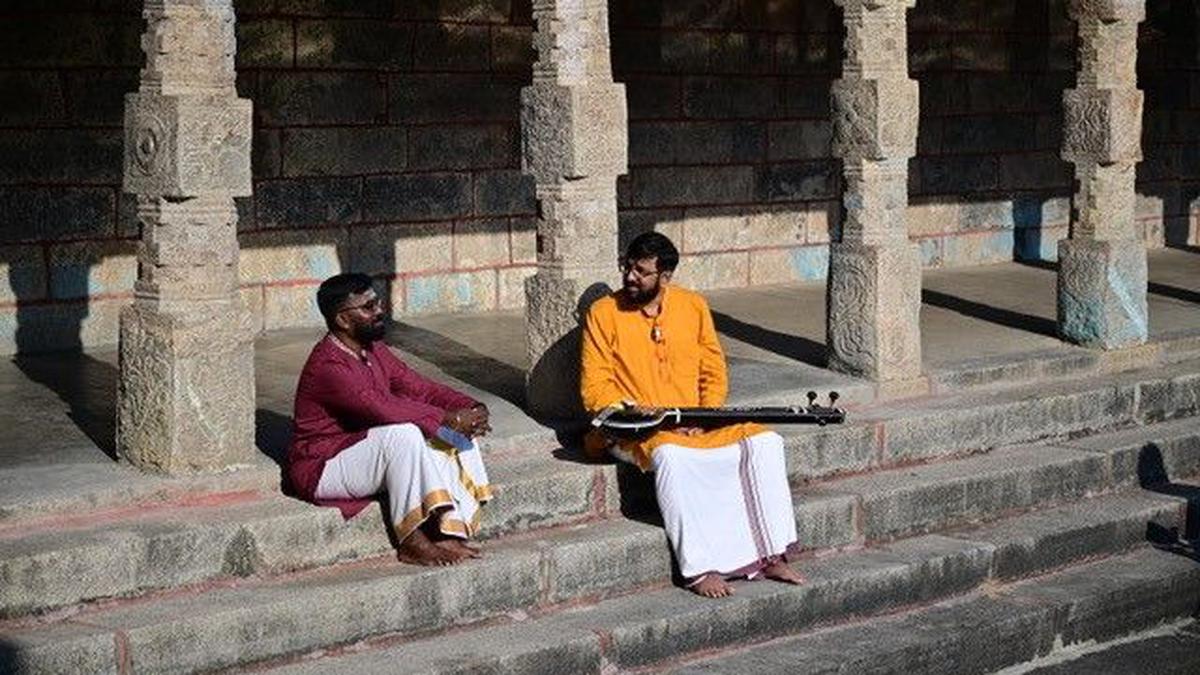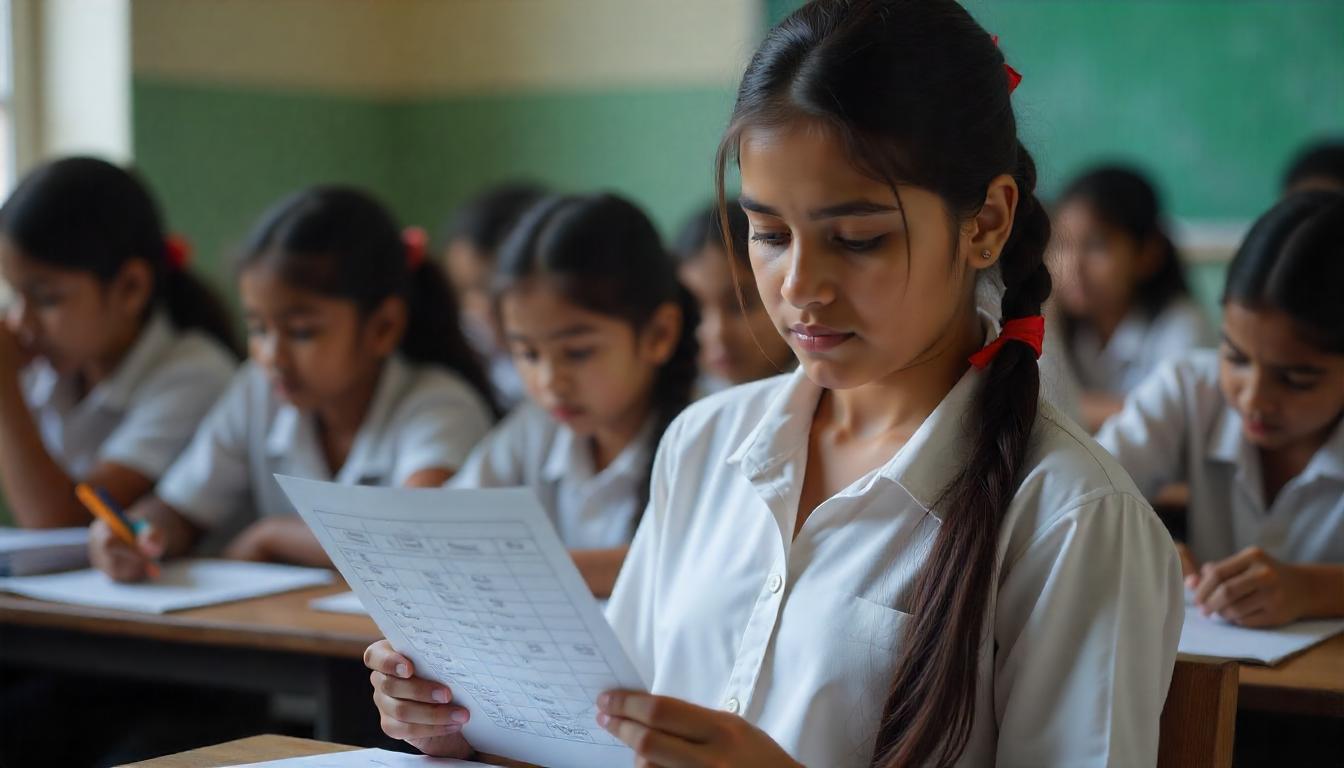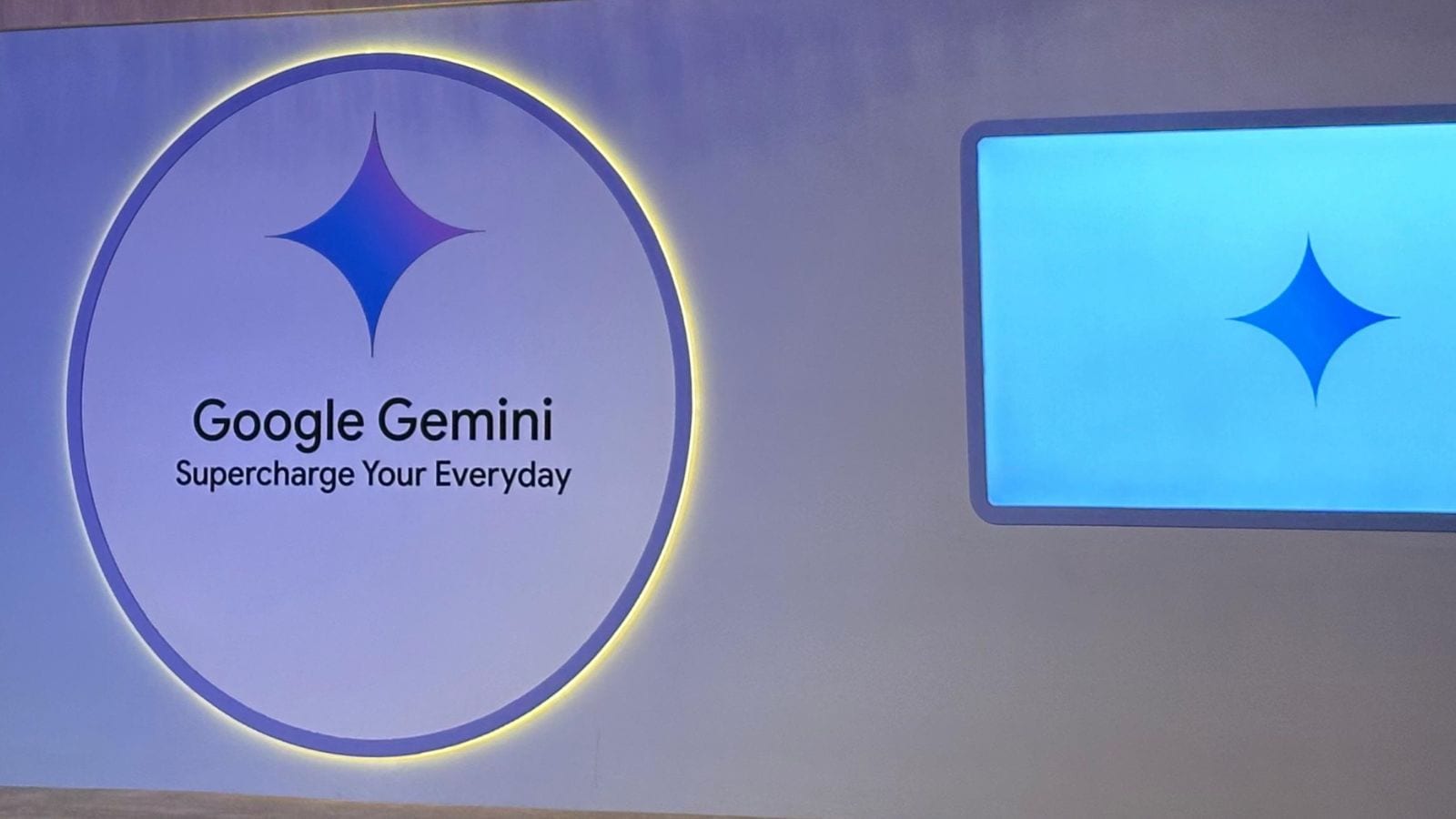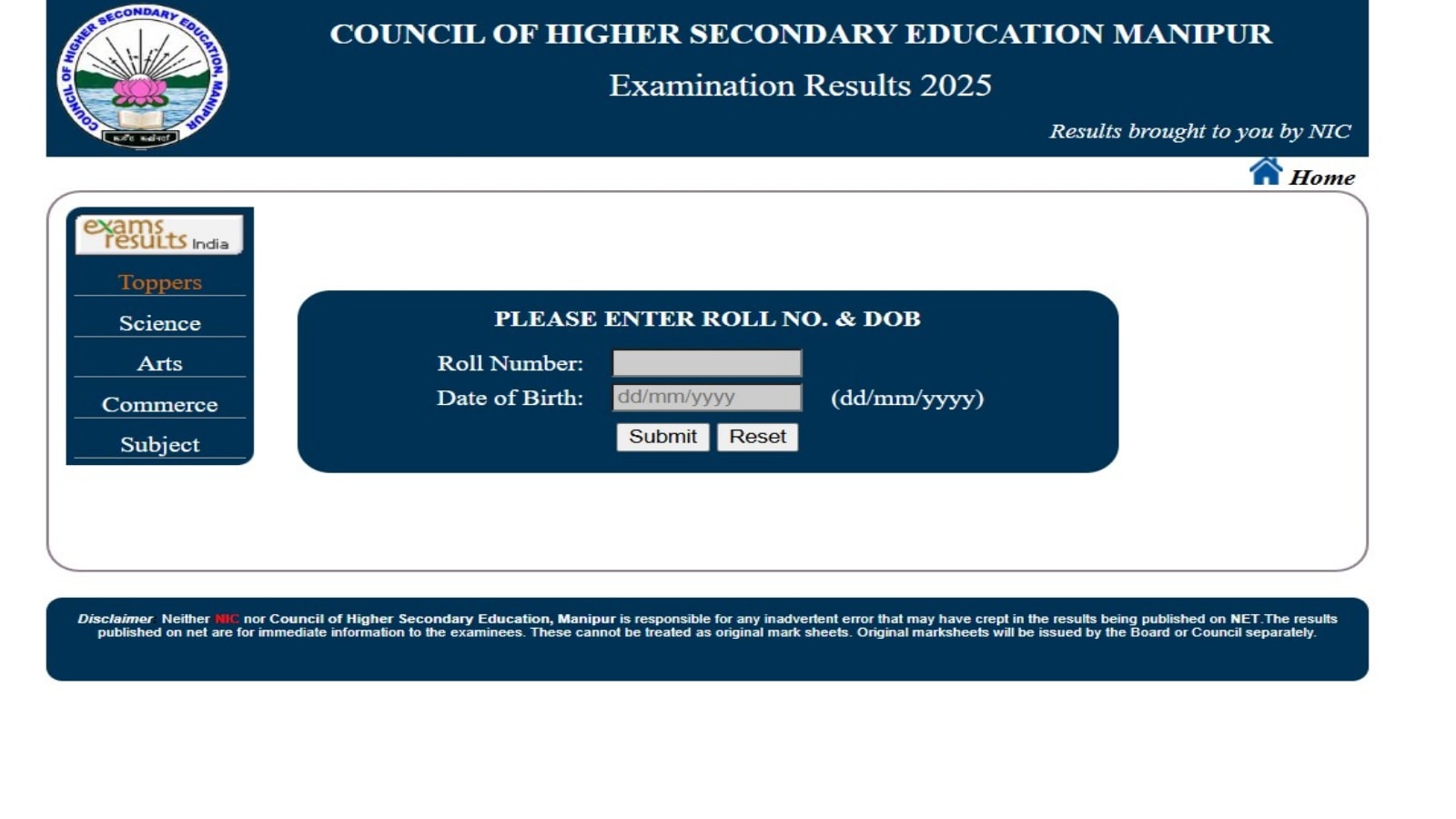Madhusudanan Kalaichelvan and G. Ravi Kiran.
| Photo Credit: Special Arrangement
Dikshita Kshetra Darshanam is a project by Guruguhaamrta, which has been working to promote and practice the musical legacy of Dikshitar. Over the last 14 years, it has been conducting several activities in this direction, the latest being Dikshita Kshetra Darshanam. This project has been conceived by Carnatic vocalist G. Ravi Kiran, who is also the founder and managing trustee of Guruguhaamrta. Along with him is Madhusudhanan Kalaichelvan, who is a storyteller, and history and heritage enthusiast. The two have been creating video documentaries, which are filmed at the kshetras that Dikshitar visited and documented in his kritis. Available on Guruguhaamrta’s YouTube Channel, they are a great source of information not only for students of music but also for connoisseurs. Ravi Kiran renders the kritis with passion and Madhusudanan elucidates them with equal fervour. The theme music for the series has been composed by senior mridangist K. Arun Prakash.
The first episode premiered on March 24, 2022 coincided with the 247th birth anniversary of Dikshitar. Even though he was born in Tiruvarur, he made Ettayapuram his home. He travelled extensively, beginning his journey as a devi upasaka in Kashi, and later visited various temple across South India. . Each of his composition delve into the intricate details about the places and the presiding deities of the temples.
Speaking about the project, Ravi Kiran says, “Since there is no authentic documentation, Dikshitar Kshetra Darshanam lends a visual aspect to the aural beauty of these compositions.”
The fourth episode of the series on Vaitheeswaran Koil was released on March 24 this year, on the occasion of the 248th birth anniversary of the composer. ‘Bhajare re chitta’ set to raga Kalyani is dedicated to Vaidyanathar and his consort Balambika.
The episode opens with wonderful shots of the temple and the adjoining streets with a commentary on the temple’s history and significance. The conversations between Ravi Kiran and Madhusudanan are informal, yet intense, one thing leading to the other. The two approach Dikshitar from two different perspectives — musical and philosophical. Ravi Kiran’s rendition of the Kalyani composition (accompanied by Sayee Rakshith, K. Arun Prakash and N. Guruprasad) is exquisite; he makes interesting observations about the kriti, Dikshitar’s portrayal of Kalyani, the resemblance to Tyagaraja’s ‘Nidhichala’, etc. Madhusudanan deconstructs words, taking phrases back to their source.
Question: What led you to launch Guruguhaamruta?
Answer: I always had a fascination for Dikshitar’s works, which was fostered in me by my guru T.M. Krishna. Seeing him set to tune Dikshitar kritis from the Sangita Sampradaya Pradarshini fuelled my interest further.
Q: The common perception is that Dikshitar’s kritis are complex. How would you respond to that?
A: Tyagaraja’s Pancharatna kritis, for example, are complex works of art music. However, listening to them at concerts have helped demystify the compositions for us. Unfortunately, this did not happen in the case of Dikshitar’s kritis.
Q: What do you think is the achievement of Guruguhamruta since its launch in 2009?
A: We have been consistently conducting at least three flagship events every year — akhandam at the Dikshitar’s samadhi in Ettayapuram, a competition of Dikshitar kritis (which is now global and online) and a day-long Dikshitar Day in November. For the past two years, we have also been producing content on YouTube such as ‘Raganga Malika’ and ‘Dikshita Kshetra Darshanam’.
Q: How did Dikshita Kshetra Darshanam come about?
A: There are many aspects to Dikshitar kritis. The most significant being kshetra kritis, which interweaves music with the history of the temple, the architectural details as well as the Puranic references. Dikshita Kshetra Darshanam is an attempt to create documentaries, The kritis are sung and discussed within the space they are set in. We have released three episodes: Tirukkannamangai, Sri Vanchiam and Mannargudi.
Q: How are you raising funds for this project?
A: It is being funded by individual donors. We call them The Dikshitar Collective — a group of Dikshitar lovers from around the globe.
Q: How do you plan and shoot each episode?
A: We have a list of kshetras and the associated kritis that we intend covering. Once we identify the kshetra/kriti for an episode, I do a recce with the video team led by M. Muthukrishnan. I work closely with Madhusudhanan Kalaichelvan. While the shoot takes about two days, the edit 20-30 days. I have to manage it with my concert schedule.
Q: How many episodes have you envisioned?
A: The first season comprises six episodes — we produced one episode every three months last year and hope to maintain that this year too.





